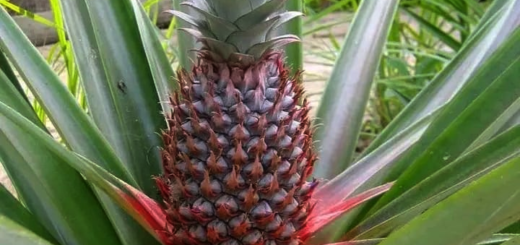Tikbalang – The Enigmatic Filipino Mythical Creature

The Tikbalang is one of the most intriguing figures in Philippine folklore, capturing the imagination of many with its unique blend of charm and eeriness. Known for its horse-like head and human body, this creature has a rich tapestry of stories and beliefs surrounding it, making it a staple in Filipino mythology. Let’s delve into the origins, characteristics, and cultural significance of the Tikbalang.
Origins and Mythology
The Tikbalang is believed to originate from pre-colonial Philippine folklore, and its name is thought to derive from the Tagalog word “balang,” which means “grasshopper.” This connection emphasizes its nature as a trickster, much like the behavior of a grasshopper. Different regions in the Philippines have various interpretations of the Tikbalang, but the core elements remain consistent.
The Tikbalang is often depicted as a tall, lanky figure with the body of a man and the head of a horse. It is said to inhabit dense forests and mountainous areas, guarding its territory and often leading travelers astray. In many tales, it is portrayed as a mischievous spirit that delights in playing tricks, such as causing people to lose their way or leading them to eerie and deserted locations.
Tikbalang Characteristics
Tikbalangs are often described as having a slightly mischievous yet playful demeanor. They are known to be particularly fond of the night and can be seen roaming the forests under the moonlight. Some accounts suggest that they have the ability to make themselves invisible or shape-shift, which adds to their enigmatic nature.
Interestingly, there are beliefs that Tikbalangs can be tamed. If one manages to capture a Tikbalang and then marries it, the Tikbalang is said to bestow good fortune upon its partner. However, it’s essential to treat them with respect; failure to do so may lead to disastrous consequences, such as becoming lost forever in the forest.
The Tikbalang holds a special place in Filipino culture, serving as a cautionary figure in many stories passed down through generations. It embodies themes of respect for nature, the unknown, and the consequences of folly. Parents often use tales of the Tikbalang to instill caution in their children, warning them not to wander off into the woods or to respect the natural world.
Moreover, the Tikbalang has made its way into modern Filipino popular culture. It appears in literature, films, and television shows, often reimagined to suit contemporary storytelling while retaining its core characteristics. This adaptability speaks to the Tikbalang’s enduring appeal and relevance in Filipino society.
The Tikbalang is more than just a mythical creature; it represents a deep connection to Filipino culture and the natural world. Its blend of mischief and mystery captivates the imagination, reminding us of the stories that shape our understanding of the world around us. Whether as a cautionary tale or a beloved character in modern media, the Tikbalang continues to thrive in the hearts and minds of many Filipinos, bridging the gap between tradition and contemporary life.
So, the next time you venture into a dense forest in the Philippines, keep an eye out for this intriguing creature. Who knows? You might just find yourself caught in one of its playful tricks.
References:
https://en.wikipedia.org/wiki/Tikbalang










